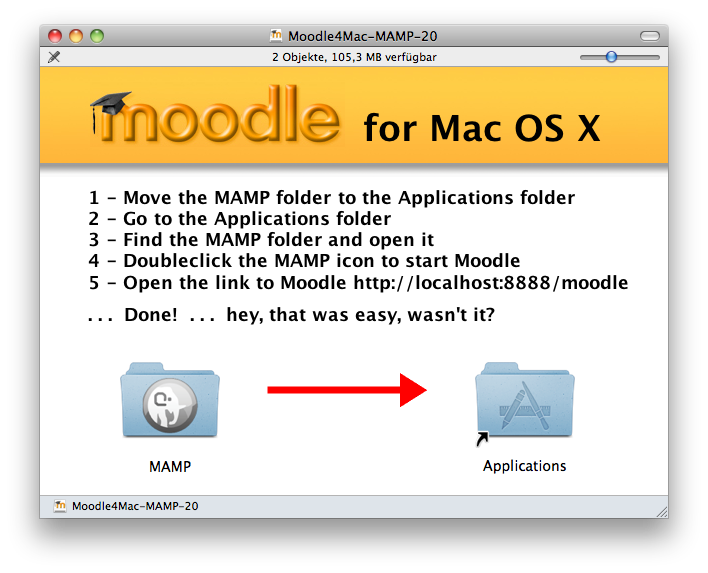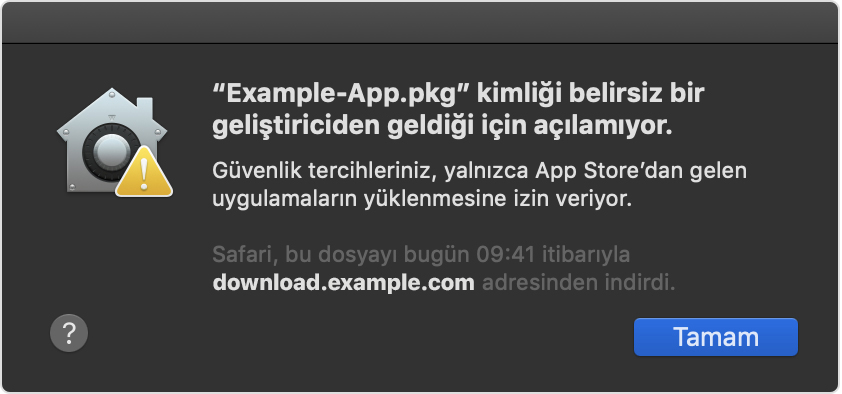

- #Opencv for mac os x install how to
- #Opencv for mac os x install install
- #Opencv for mac os x install update
- #Opencv for mac os x install download
We are not done yet! Let’s set the library path: $ export DYLD_LIBRARY_PATH=/path/to/opencv-3.0.0/build/lib:$DYLD_LIBRARY_PATH The “-j4” flag indicates that it should use 4 cores. Make sure you are inside the directory “/path/to/opencv-3.0.0/build” and run the following commands: $ make -j4
#Opencv for mac os x install update
We need to reload the file to update the environment variables. Open up your ~/.profile file and add the following line: export PATH=/usr/local/bin:$PATH
#Opencv for mac os x install install
Now that Homebrew is installed, let’s update it and install Python: $ brew update If you don’t have Homebrew, you can install it using the following command: $ ruby - e "$(curl -fsSL Instead of using system Python, we need to use brewed Python (this is basically Python installed using Homebrew). Install Python using Homebrew: This is an important step! Homebrew is a package manager for OS X that makes our lives easier in many different ways.

#Opencv for mac os x install download
It’s a dmg file, so you can just download it and run the installer.


If you don’t, you can download it from here.
#Opencv for mac os x install how to
Let’s see how to install OpenCV 3 with Python support on Mac OS X.ĬMake: Make sure you have cmake. Since OpenCV is available on almost all the popular platforms, this version looks very promising. They have greatly improved Python support in this release as well. One of the main additions of OpenCV 3 is “opencv_contrib” which contains a lot of cutting edge algorithms for feature descriptors, text detection, object tracking, shape matching, and so on. OpenCV has been around for a while now and they add something new and interesting with every new release. OpenCV is the world’s most popular computer vision library and it’s used extensively by researchers and developers around the world.


 0 kommentar(er)
0 kommentar(er)
